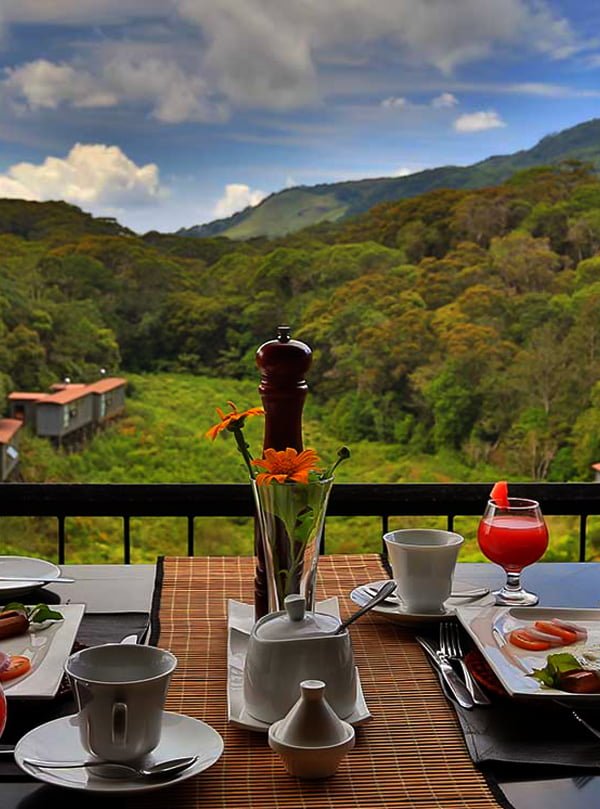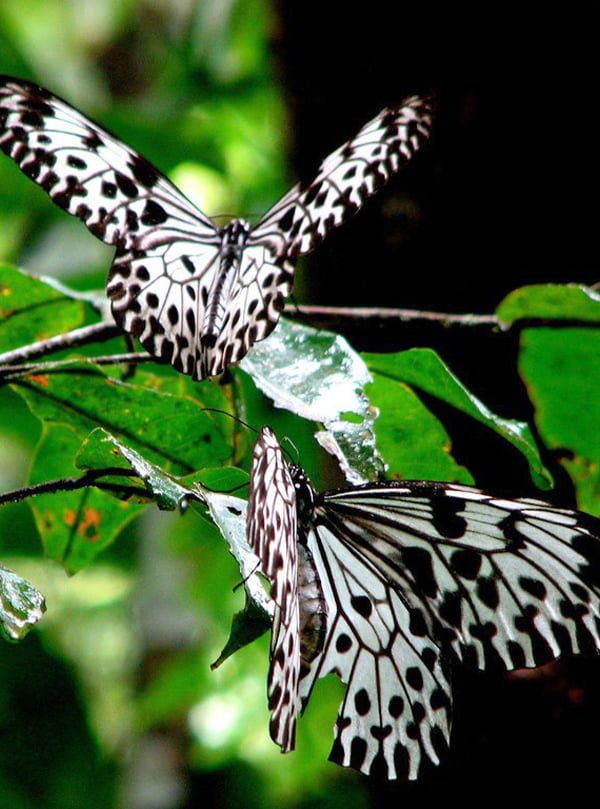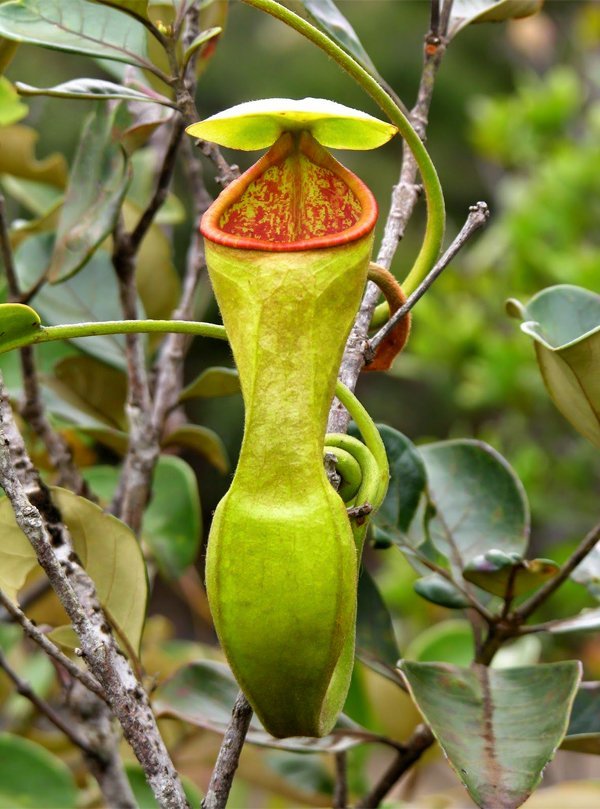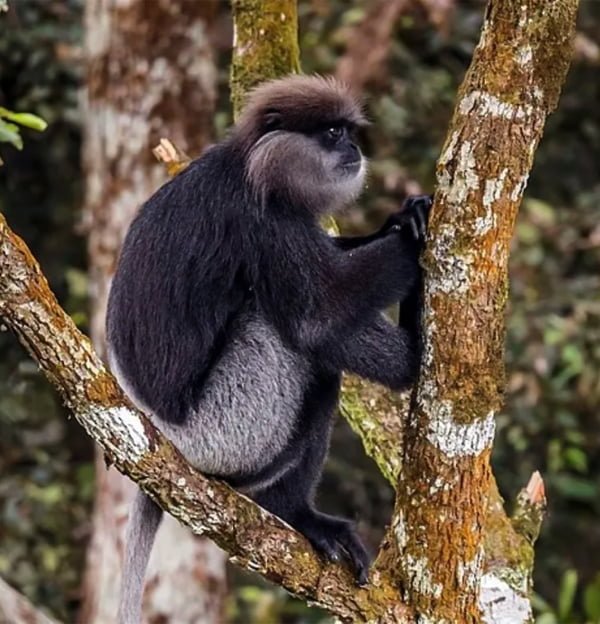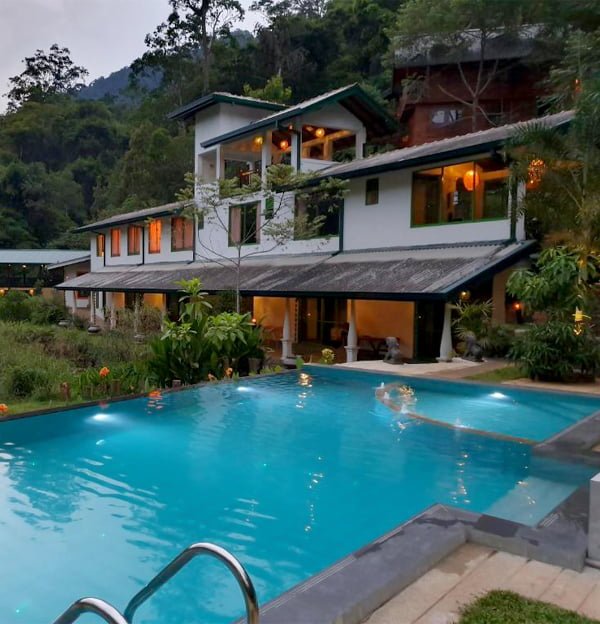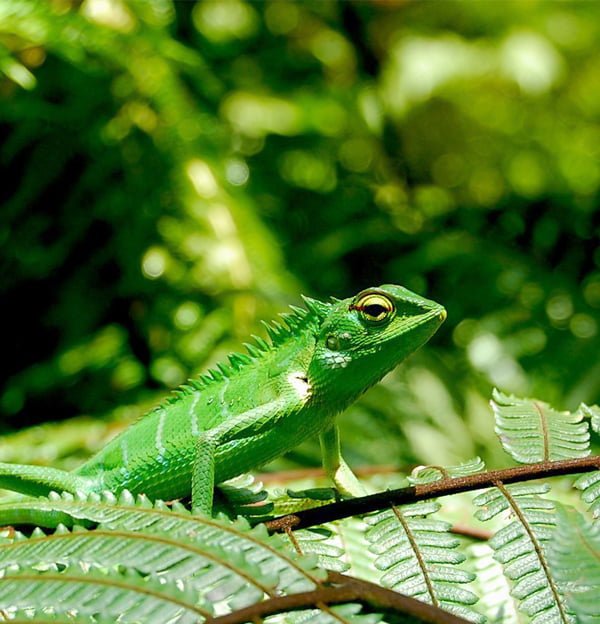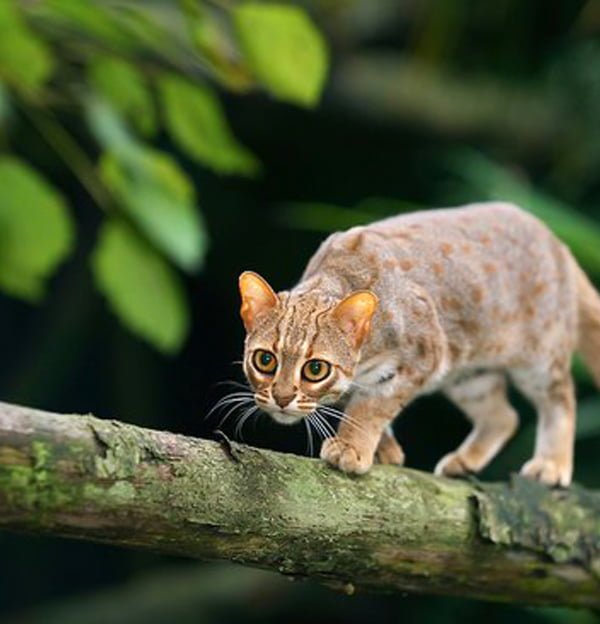Sri Lanka’s last remaining primary Tropical Rainforest.
Nestled within the lush confines of the southwestern mountains in the wet zone, the Sinharaja Forest Reserve remains a bastion against the encroachment of modernity, offering a tantalizing glimpse into the essence of true paradise. Recognized as a UNESCO World Heritage Site and celebrated as one of the most unique and vital biospheres on Earth, Sinharaja boasts an extraordinary array of endemic flora and fauna, many of which are exclusive to this pristine sanctuary.
Among its riches are over 60% of the region’s tree species, as well as 50% of its mammals, butterflies, insects, reptiles, fish, and amphibians, all thriving within the sanctuary’s embrace. Additionally, Sinharaja is home to more than 21 species of endemic birds, further adding to its status as a biodiversity hotspot of global significance.
Here are more details about the Sinharaja Forest Reserve:
Location: Situated in the southwestern part of Sri Lanka, the Sinharaja Forest Reserve is nestled within the Sabaragamuwa and Southern provinces. It spans an area of approximately 8,864 hectares and is located within the districts of Ratnapura, Galle, and Matara.
Biodiversity Hotspot: Sinharaja is renowned as a biodiversity hotspot and is considered one of the most important ecological treasures in Sri Lanka. It is home to an incredible variety of endemic flora and fauna, making it a haven for nature lovers, researchers, and conservationists.
Flora: The forest reserve is characterized by its lush vegetation, with dense tropical rainforests covering much of the area. Sinharaja is home to an impressive diversity of plant species, including towering canopy trees, rare orchids, ferns, mosses, and medicinal plants. Many of these species are endemic to Sri Lanka and are found nowhere else on earth.
Fauna: Sinharaja is teeming with a rich variety of wildlife, including mammals, birds, reptiles, amphibians, and insects. The forest is home to several endemic mammal species, such as the purple-faced langur, the Sri Lankan leopard, and the Sri Lankan rusty-spotted cat. Birdwatchers flock to Sinharaja to catch sight of its numerous endemic bird species, including the Sri Lanka blue magpie, Sri Lanka spurfowl, and Sri Lanka junglefowl.
Ecological Importance: As a UNESCO World Heritage Site and a designated Biosphere Reserve, Sinharaja plays a crucial role in the conservation of biodiversity and the preservation of natural ecosystems. Its pristine forests act as a vital watershed, supplying water to nearby rivers and streams, and providing habitat for numerous species of plants and animals.
Visitor Experience: Sinharaja offers visitors a unique opportunity to immerse themselves in nature and explore its untamed beauty. Guided trekking trails lead visitors through the forest, allowing them to discover its hidden treasures, including cascading waterfalls, crystal-clear streams, and ancient trees draped in moss and ferns. Birdwatching, nature photography, and camping are popular activities for visitors looking to experience the wilderness of Sinharaja firsthand.
Overall, Sinharaja Forest Reserve stands as a testament to the natural splendor of Sri Lanka, offering a sanctuary of unparalleled biodiversity and ecological importance in the heart of the island.



